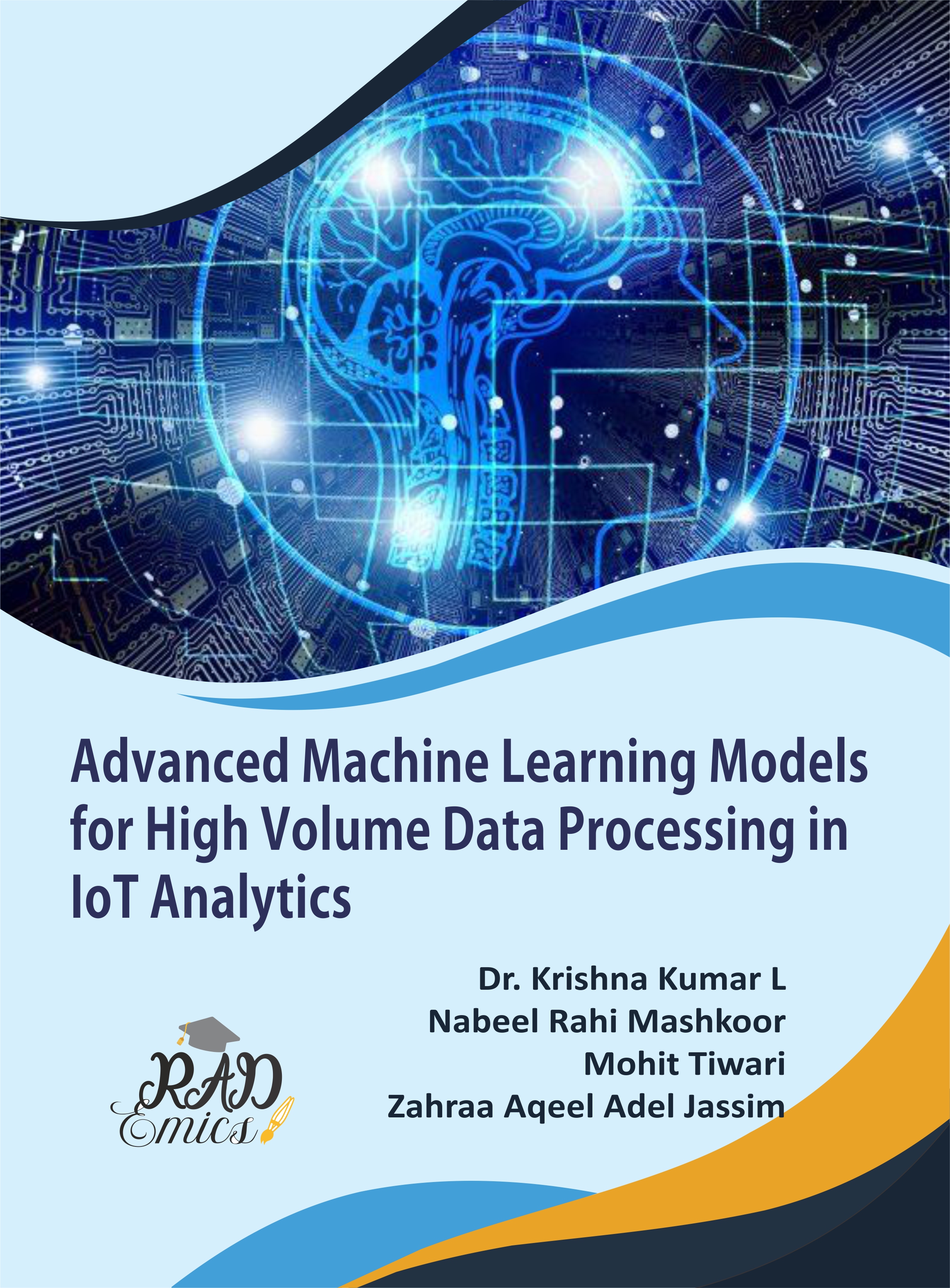
Abstract
The rapid proliferation of Internet of Things (IoT) devices has catalyzed an unprecedented growth in data volume, introducing significant challenges and opportunities for analytics and high-volume data processing. This book chapter provides a comprehensive examination of the intricacies associated with IoT data, focusing on essential aspects such as data characteristics, processing architectures, and analytical methodologies. It delves into the unique features of IoT data, including its high volume, variety, velocity, and veracity, and explores the corresponding challenges in managing and analyzing such data. Key topics include scalable architectures for data processing, real-time event and anomaly detection, and advanced techniques for data cleansing, annotation, and enrichment. Emphasis was placed on innovative approaches like data sharding and partitioning to ensure efficient handling of large-scale data. This chapter aims to bridge existing research gaps and offer actionable insights for developing robust, scalable systems capable of deriving meaningful insights from the ever-expanding IoT data landscape.
Introduction
The advent of the IOT has dramatically transformed the landscape of data generation, ushering in an era characterized by unprecedented data volumes, diversity, and velocity [1]. IoT devices, ranging from sensors and actuators to smart appliances and industrial machinery, continuously produce vast streams of data [2]. This explosion in data generation has created new opportunities and challenges in the field of data analytics [3]. The sheer volume of data generated by IoT devices necessitates advanced processing techniques and scalable infrastructures to manage and analyze this information effectively [4]. As IoT ecosystems expand, understanding and addressing the complexities associated with high-volume data processing become crucial for harnessing the full potential of IoT applications [5-8].
The variety of IoT data poses another significant challenge [9]. Data from IoT devices can be structured, semi-structured, or unstructured, each requiring different approaches to processing and analysis [10-13]. Structured data, such as numerical sensor readings, contrasts with unstructured data like video streams or textual logs, which demand sophisticated data integration and preprocessing techniques [14]. This diversity necessitates the development of versatile analytical frameworks capable of accommodating and extracting meaningful insights from heterogeneous data sources [15]. Effective data annotation and enrichment techniques are essential to transform raw, diverse data into actionable information, thereby enhancing the overall analytical capability of IoT systems [16].